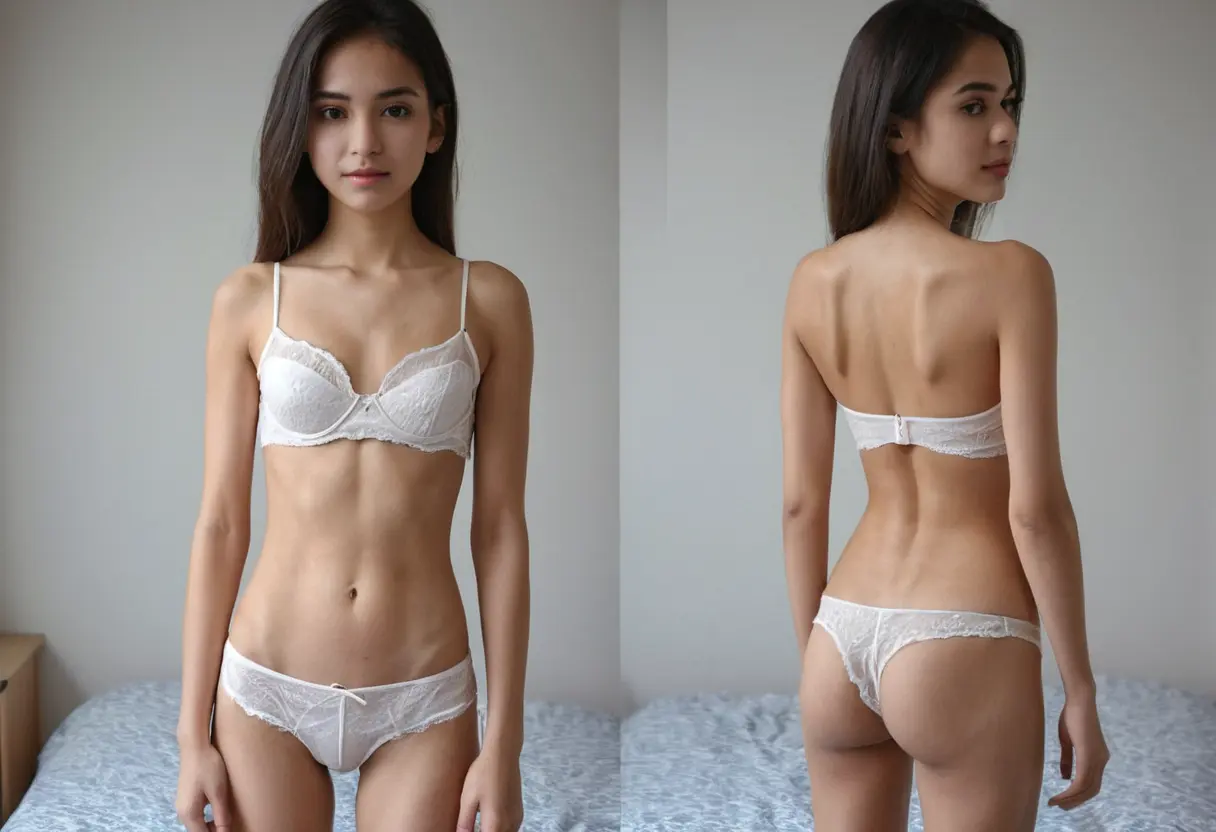Exploring the Future of AI Technology in Fashion and Virtual Modeling
Exploring the Future of AI Technology in Fashion and Virtual Modeling
The intersection of artificial intelligence (AI) and fashion is rapidly transforming the industry, offering innovative solutions that enhance creativity, streamline production, and redefine consumer experiences. From virtual modeling to AI-driven design tools, the future of fashion is being shaped by technology in ways previously unimaginable. This article delves into the various applications of AI in fashion, the impact of virtual modeling, and the implications for both designers and consumers.
The Rise of AI in Fashion Design
AI technology is revolutionizing fashion design by enabling designers to leverage data and analytics for more informed decision-making. AI algorithms analyze trends, consumer preferences, and historical data to predict upcoming styles and color palettes. This predictive capability allows designers to create collections that resonate with consumers, ultimately reducing the risk of overproduction.

Furthermore, AI-powered design tools are enhancing the creative process. Programs like Adobe Sensei and Stitch Fix utilize machine learning to suggest designs and styles based on user input. Designers can experiment with virtual fabrics, patterns, and styles, drastically shortening the design cycle. The ability to visualize concepts in real-time helps streamline collaboration among team members and brings innovative ideas to life faster than ever before.

Virtual Modeling: A New Era of Representation
Virtual modeling represents a significant shift in how fashion brands showcase their products. Traditional modeling often relies on a limited number of physical models to represent diverse body types and ethnicities. In contrast, AI-generated virtual models can embody a wide range of appearances, enabling brands to present their clothing to a broader audience.

These virtual models are created using 3D scanning technology and can be customized to reflect various body shapes, sizes, and ethnic backgrounds. This inclusivity not only aligns with consumer demand for diversity but also allows brands to connect more deeply with their audience. By leveraging virtual models, companies can reduce the need for physical samples, cutting down on waste and costs associated with traditional photo shoots.
The Role of AI in Enhancing Consumer Experience
AI is also transforming the way consumers interact with fashion brands. Personalized shopping experiences powered by AI algorithms enhance customer engagement and satisfaction. For example, virtual fitting rooms use augmented reality (AR) to allow consumers to try on clothes virtually before making a purchase. This technology reduces return rates and increases consumer confidence in their buying decisions.
Moreover, AI chatbots and virtual assistants provide 24/7 customer service, addressing inquiries and offering product recommendations tailored to individual preferences. By analyzing previous purchases and browsing behavior, these AI systems create a seamless shopping experience that feels personalized and engaging.
Challenges and Ethical Considerations
Despite the many advantages of integrating AI in fashion, there are challenges and ethical considerations to address. One major concern is the potential for job displacement within the industry. As AI takes over tasks traditionally performed by humans, there is a growing need for reskilling and upskilling the workforce to adapt to new roles that AI cannot fulfill.
Additionally, issues surrounding data privacy and security are paramount as brands collect vast amounts of consumer data to power their AI systems. Ensuring that this data is handled responsibly and transparently is critical to maintaining consumer trust. Brands must implement robust data protection measures and communicate their privacy policies clearly to their customers.
The Future Outlook: AI and Sustainability in Fashion
Looking ahead, the integration of AI technology in fashion also offers significant potential for sustainability. By optimizing supply chains and reducing waste through predictive analytics, brands can make more environmentally conscious decisions. AI can assist in identifying the most sustainable materials and production methods, leading to a more responsible fashion industry.
Furthermore, virtual modeling and digital fashion can undress ai toolpave the way for a more circular economy, where digital garments are created and sold without the environmental impact of traditional manufacturing processes. As consumers become more environmentally aware, brands that prioritize sustainability through AI innovations are likely to stand out in a competitive marketplace.
Conclusion: Embracing the Future of Fashion with AI
The fusion of AI technology and fashion is paving the way for a more innovative, inclusive, and sustainable industry. From enhancing the design process to revolutionizing consumer experiences with virtual modeling, AI is not just a trend but a transformative force. As the industry continues to evolve, embracing these technologies will be essential for brands seeking to thrive in a fast-changing landscape. By addressing challenges and focusing on ethical practices, the future of AI in fashion promises to be bright, offering endless possibilities for creativity and growth.
Weekly hotspots
- Understanding How Telegram Undressing AI Transforms Digital Interactions
- Exploring the Effectiveness of Undress AI Technology in Image Processing
- Enhance Your Experience with Undress AI Innovative Technology for Seamless Fashion Solutions
- The Rise of AI Undress Bots and Their Ethical Implications in Digital Spaces
- How Undress AI Unlimited Revolutionizes Online Shopping Experiences
- Exploring the Rise of Undress Nudes AI Technology in Digital Art





